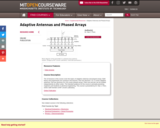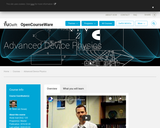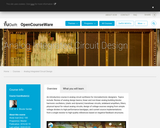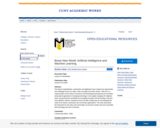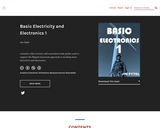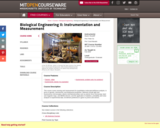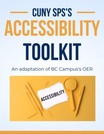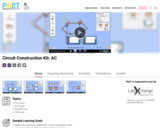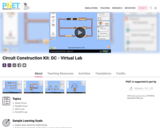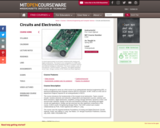
Activity Sheet: This document provides an overview of how online education helps remove common barriers to accessing education, such as geographical restrictions, disabilities, scheduling conflicts, social stigma, and financial constraints. It uses simple icons and explanations to illustrate how the flexibility and accessibility of online learning platforms can expand educational opportunities to a broader range of students. This would be a useful resource for those exploring online education options, comparing modalities, or looking to increase enrollment through distance learning programs.
- Subject:
- Education
- Educational Technology
- Electronic Technology
- Higher Education
- Material Type:
- Activity/Lab
- Diagram/Illustration
- Homework/Assignment
- Student Guide
- Author:
- Ruth Chisum
- Date Added:
- 09/28/2023
